Jeśli chcesz wprowadzić swojego partnera w świat narciarstwa, nie przytłaczając go, short skis to najlepszy wybór. Dlaczego? Są łatwiejsze do kontrolowania, lżejsze do noszenia i idealne dla początkujących. Short skis, takie jak te od Snowfeet, pomagają nowym narciarzom szybciej nabrać pewności siebie, uniknąć frustracji związanej z ciężkim sprzętem, a nawet pozwalają ćwiczyć w miejscach poza typowymi ośrodkami narciarskimi (pomyśl o parkach czy pagórkach na podwórku). Dodatkowo są przyjazne dla portfela i działają z zwykłymi zimowymi butami, oszczędzając Ci pieniądze na sprzęcie.
Kluczowe wnioski:
- Łatwiejsza krzywa nauki: Krótkie narty są łatwiejsze do opanowania niż długie narty czy snowboardy, co ułatwia skręcanie i zatrzymywanie się.
- Przenośne i wygodne: Nie potrzebujesz bagażników dachowych - po prostu wrzuć je do plecaka.
- Wszechstronna praktyka: Używaj ich na górkach do zjeżdżania na sankach, w parkach lub na lekkim POWDER - nie tylko na stokach.
- Przystępny sprzęt: Modele zaczynają się od 150 USD i wiele działa z zwykłymi zimowymi butami.
Dla początkujących rozpoczęcie nauki na krótkich nartach gwarantuje relaksujące i przyjemne wprowadzenie do narciarstwa. Snowfeet oferuje opcje od kompaktowych 38 cm Skiskates do 120 cm krótkich nart, więc możesz znaleźć idealne dopasowanie do komfortu i celów swojego partnera. Gotowy na śnieg? Zanurzmy się w szczegóły!
Czy krótkie narty są lepsze dla początkujących?
Jak krótkie narty przewyższają tradycyjne narty i snowboardy
Kiedy wprowadzasz kogoś w świat narciarstwa, wybór sprzętu może zadecydować o tym, czy jego pierwsze doświadczenie będzie udane. Choć tradycyjne długie narty i snowboardy mogą wydawać się oczywistym wyborem, krótkie narty takie jak Snowfeet* oferują poważne zalety. Ułatwiają naukę, przyspieszają ją i - co najważniejsze - czynią ją bardziej zabawną. Przyjrzyjmy się, dlaczego są przełomem dla początkujących.
Łatwiejsze do nauki i opanowania
Dla początkujących tradycyjne narty - często 5 do 6 stóp długości - mogą być trudne do opanowania. Próba utrzymania równowagi, skręcania i zatrzymywania się, jednocześnie radząc sobie ze sprzętem wyższym od ciebie? Nic dziwnego, że wielu debiutantów ma z tym problem.
Krótkie narty to z kolei powiew świeżości. Modele Snowfeet* mają długość od zaledwie 15 do 47 cali, co znacznie ułatwia kontrolę. Mniejsza długość nie działa przeciwko nim, więc początkujący mogą skręcać i zatrzymywać się bez frustracji związanej z walką z za dużym sprzętem. W przeciwieństwie do snowboardów, które często sprawiają, że nowicjusze spędzają większość pierwszego dnia na upadkach, krótkie narty pomagają utrzymać się na nogach i jeździć od samego początku. Ten wczesny sukces buduje pewność siebie i sprawia, że całe doświadczenie jest przyjemniejsze.
I nie chodzi tylko o łatwość użytkowania - te narty są też super przenośne.
Lekkość i wygoda
Jednym z największych utrapień tradycyjnego sprzętu narciarskiego jest przewiezienie go z punktu A do punktu B. Długie narty wymagają bagażników dachowych, specjalnych pokrowców i ostrożnego obchodzenia się. Sprzęt snowboardowy nie jest dużo lepszy. Snowfeet* rozwiązuje ten problem dzięki kompaktowej, lekkiej konstrukcji. Wykonane z trwałego plastiku, te krótkie narty ważą ułamek standardowego sprzętu. Nie potrzebujesz dodatkowego sprzętu transportowego - po prostu wrzuć je do samochodu i możesz jechać.
Kolejny plus? Nie musisz inwestować w drogie buty narciarskie. Snowfeet* Mini narty działają z zwykłymi zimowymi butami lub butami snowboardowymi. To oznacza mniej problemów i więcej spontaniczności. Chcesz spontanicznie wyruszyć na stok? Żaden problem.
Może dlatego, że łatwiej im się na nich skręca, albo dlatego, że mieszczą się w samochodzie.
- ČUVA BOGA, były zawodowy narciarz
Ta przenośność nie tylko ułatwia życie - otwiera świat narciarskich możliwości, których tradycyjny sprzęt nie jest w stanie zaoferować.
Odkrywaj więcej terenów, baw się lepiej
Tradycyjne narty i snowboardy są przeznaczone na przygotowane stoki, co często oznacza konieczność kupowania drogich karnetów tylko po to, by ćwiczyć. Snowfeet* zmienia zasady gry, pozwalając jeździć prawie wszędzie.
Te krótkie narty najlepiej sprawdzają się na ubitym śniegu, przygotowanych trasach i snowparkach, ale poradzą sobie też z lekkim POWDER do około 10 cm. Możesz ich używać na stokach narciarskich, szlakach turystycznych, górkach do zjeżdżania na sankach, a nawet w swoim ogródku. Ta wszechstronność daje początkującym dużo przestrzeni do ćwiczeń w różnych warunkach bez konieczności spędzania całego dnia w kurorcie.
Snowfeet* wprowadza też nową zimową dyscyplinę zwaną "skiskatingiem". To połączenie narciarstwa i łyżwiarstwa na śniegu, idealne do nauki zabawnych trików, takich jak obroty, skoki i jazda tyłem w snowparkach. To ekscytująca alternatywa dla tradycyjnego narciarstwa czy snowboardingu, oferująca radosny sposób na korzystanie ze stoków.
Dzięki swojej kompaktowości Snowfeet* otwiera tereny, do których tradycyjny sprzęt nie ma dostępu. Wąskie ścieżki, małe wzgórza i ciasne przestrzenie to wszystko jest w zasięgu, dając początkującym więcej swobody do eksploracji i ćwiczeń. Chodzi o to, by każdy dzień na nartach był bezstresowy i pełen zabawy, dlatego Snowfeet* to świetny wybór dla każdego, kto zaczyna przygodę z tym sportem.
Jak nauczyć partnera jazdy na nartach z Snowfeet*
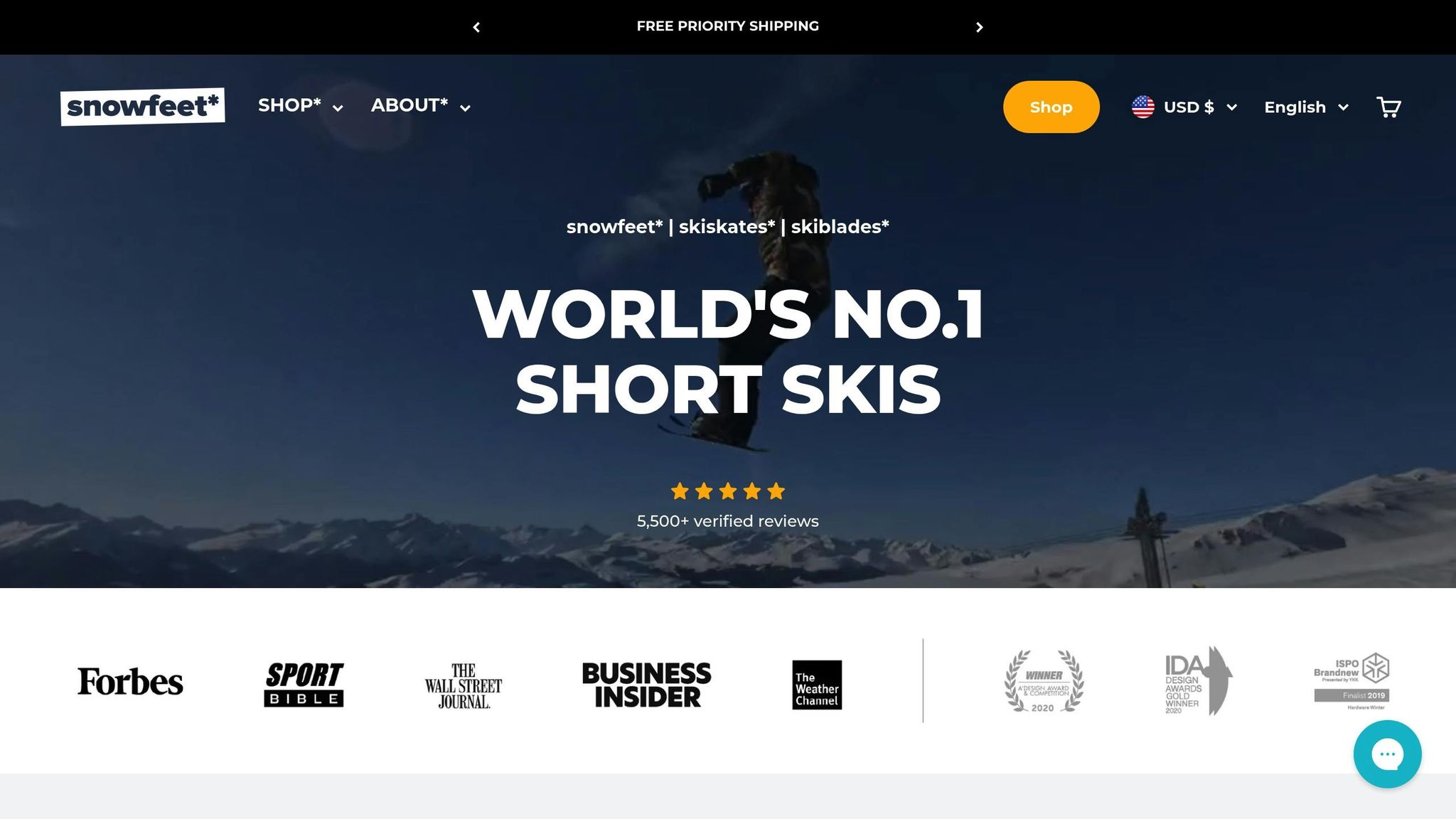
Teraz, gdy wiesz, dlaczego krótkie narty są świetne dla początkujących, przejdźmy do praktycznej strony rzeczy. Nauka jazdy na nartach z Snowfeet* to przede wszystkim tworzenie zabawnego doświadczenia, które buduje pewność siebie. Klucz? Zacznij od małych kroków i stopniowo zwiększaj trudność.
Wybierz odpowiednie miejsce do ćwiczeń
Miejsce, które wybierzesz, może zadecydować o pierwszym doświadczeniu narciarskim Twojego partnera. Unikaj zatłoczonych kurortów i wybierz spokojniejszy, bardziej kontrolowany teren, gdzie będzie mógł się skupić bez rozproszeń.
Zacznij od płaskiego, łagodnego terenu. Lokalna górka do zjeżdżania na sankach z łagodnym nachyleniem lub nawet zaśnieżony park sprawdzą się idealnie. Snowfeet* daje Ci elastyczność, ponieważ nie jesteś związany z oficjalnymi stokami narciarskimi. Te krótkie narty świetnie sprawdzają się na ubitym śniegu i lekkim POWDER, więc masz mnóstwo opcji.
Zacznij na poziomym terenie, aby Twój partner mógł poczuć się komfortowo z uczuciem nart na stopach. To miejsce, gdzie mogą ćwiczyć podstawowe ruchy, takie jak stawianie kroków, ślizganie się i zatrzymywanie bez obaw o prędkość czy utratę kontroli.
Gdy już będą stabilni na płaskim terenie, przejdź na bardzo łagodny stok - traktuj to raczej jako delikatne nachylenie niż wzgórze. Daje to im wystarczający impet, by ćwiczyć skręcanie i zatrzymywanie się bez poczucia przytłoczenia.
Unikaj miejsc z oblodzonymi fragmentami, przeszkodami takimi jak kamienie czy drzewa oraz miejsc o dużym natężeniu ruchu. Potrzebują przestrzeni, by się uczyć, popełniać błędy i budować pewność siebie bez strachu.
Podstawowe umiejętności dla nowych narciarzy
Nauczanie podstaw to miejsce, gdzie Snowfeet* naprawdę błyszczą. Te krótkie narty ułatwiają opanowanie fundamentów bez frustracji, która często towarzyszy tradycyjnym nartom.
Zacznij od równowagi i postawy. Niech Twój partner stanie na płaskim terenie z założonymi Snowfeet*, trzymając stopy na szerokość barków. Kolana powinny być lekko ugięte – ta pozycja daje lepszą kontrolę i pomaga amortyzować nierówności śniegu.
Następnie skup się na przesuwaniu ciężaru. Stojąc w miejscu, poproś, aby przesunęli ciężar z jednej stopy na drugą. Ten ruch jest podstawą skręcania, a Snowfeet* sprawiają, że jest to naturalne i intuicyjne.
Przejdź do zatrzymywania się, co jest kluczowe dla budowania pewności siebie. Naucz klasycznej techniki "kawałka pizzy" lub klinu: skieruj czubki nart lekko do środka, trzymając tyły rozstawione. Dzięki krótszej długości Snowfeet* ten manewr jest znacznie łatwiejszy do opanowania niż na tradycyjnych nartach.
Do skręcania zacznij od powolnych, łagodnych ruchów. Zachęć partnera, aby lekko pochylił się w kierunku, w którym chce skręcić, przesuwając ciężar ciała na zewnętrzną nartę. Kompaktowa konstrukcja Snowfeet* sprawia, że skręcanie jest mniej onieśmielające i bardziej responsywne.
Na koniec naucz ich, jak bezpiecznie upadać. Zachęcaj do upadku na bok zamiast do przodu lub do tyłu i pokaż, jak łatwo się podnieść. Ponieważ Snowfeet* są lżejsze i krótsze, wstawanie jest znacznie prostsze w porównaniu z tradycyjnymi nartami.
Po opanowaniu tych podstaw Twój partner będzie gotowy do przejścia do bardziej zorganizowanych sesji treningowych.
Idź naprzód krok po kroku
Gdy Twój partner opanuje podstawy, stosuj podejście krok po kroku, aby dalej rozwijać jego umiejętności.
- Tydzień 1: Podstawy na płaskim terenie – Skup się na chodzeniu, ślizganiu i utrzymaniu prawidłowej postawy. Te sesje mogą wydawać się proste, ale są niezbędne do budowania pamięci mięśniowej i pewności siebie.
- Następny krok: Łagodne stoki – Gdy poczują się komfortowo na płaskim terenie, spróbuj krótkich zjazdów na łagodnych nachyleniach. Ćwicz zatrzymywanie się i skręcanie tutaj. Dzięki Snowfeet* nawet małe stoki mogą być ekscytujące dzięki ich responsywnemu designowi.
- Tydzień 4 i dalej: Stopniowy postęp – W miarę poprawy umiejętności wprowadzaj nieco bardziej strome tereny. Piękno Snowfeet* polega na tym, że nie jesteś ograniczony do ośrodków narciarskich, więc możesz ćwiczyć w różnych miejscach.
Utrzymuj sesje treningowe krótkie – 30 do 45 minut to idealny czas, aby zapobiec zmęczeniu. Zawsze kończ na wysokim poziomie, świętując małe zwycięstwo, czy to opanowanie zakrętu, czy pewne zatrzymanie się.
Snowfeet* vs Tradycyjne Narty i Snowboardy
Porównując Snowfeet* z tradycyjnymi nartami i snowboardami, widać, że Snowfeet* ułatwia zanurzenie się w sporty zimowe. Jeśli zastanawiasz się między Snowfeet* a bardziej tradycyjnym sprzętem, oto szybkie porównanie obok siebie, które pomoże Ci podjąć decyzję.
Porównanie obok siebie: Snowfeet* vs Tradycyjny Sprzęt
| Cechy | Snowfeet* Short Skis | Tradycyjne narty | Snowboards |
|---|---|---|---|
| Szybkość nauki | Szybkie do opanowania, zwłaszcza dla skaterów | Zazwyczaj trudniejsze do nauki | Umiarkowanie stroma krzywa nauki |
| Wymagane obuwie | Zwykłe buty zimowe lub buty snowboardowe | Specjalistyczne, drogie buty narciarskie | Buty specyficzne dla snowboardu |
| Zwinność | Niezwykle zwinne | Mniej responsywne przy bardzo niskich prędkościach | Wymaga czasu, by opanować równowagę |
| Mobilność | Kompaktowe i lekkie | Bardziej masywne, wymagają dedykowanej torby | Większe i trudniejsze do przenoszenia |
| Elastyczność terenu | Działa w parkach, na wzgórzach, a nawet w ogródkach | Najlepsze na przygotowane stoki lub POWDER | Wymaga stromszych stoków |
| Koszt sprzętu | Zaczyna się od około 150 USD | Wymaga znacznie większego budżetu | Zazwyczaj opcja o wysokich kosztach |
Ta tabela podkreśla, dlaczego Snowfeet* jest dobrym wyborem dla początkujących, oferując prostotę i wszechstronność.
Snowfeet* wyróżnia się szybką krzywą nauki, zwłaszcza jeśli masz doświadczenie w jeździe na łyżwach. W przeciwieństwie do tradycyjnych nart, które wymagają drogich, specjalistycznych butów, Snowfeet* działa z zwykłymi butami zimowymi lub butami snowboardowymi. To oznacza mniejsze koszty i mniej problemów dla początkujących.
Kolejną dużą zaletą? Nie jesteś związany z ośrodkami narciarskimi. Snowfeet* pozwala ćwiczyć niemal wszędzie - w lokalnych parkach, na małych wzgórzach, a nawet w Twoim ogródku.
Te porównania stanowią podstawę do omówienia niektórych powszechnych wątpliwości dotyczących wydajności Snowfeet*.
Odpowiedzi na częste obawy
Jednym z dużych wyzwań dla początkujących jest stabilność. Krótkie narty, takie jak Snowfeet*, mogą na początku wydawać się trudne, ale równowaga szybko się poprawia z praktyką. Jak wyjaśnia zespół Snowfeet, "skiskates mogą być trochę wymagające, ponieważ są bardzo krótkie i dlatego trudniej jest utrzymać równowagę". Z czasem rozwiniesz lepszą równowagę i kontrolę nad ciałem, co ułatwi jazdę.
Snowfeet* jest również zaprojektowany do niższych prędkości, co czyni go bezpieczniejszym do nauki. Podczas gdy tradycyjne narty lepiej radzą sobie z głębokim POWDER i oblodzonymi warunkami dzięki dłuższym krawędziom, Snowfeet* błyszczy na ubitym śniegu i lekkim POWDER - idealne dla większości miejsc przyjaznych początkującym.
Jeśli Twój partner ma doświadczenie w hokeju na lodzie lub jeździe na rolkach, prawdopodobnie łatwiej mu będzie opanować Snowfeet*. Te umiejętności "dobrze przekładają się" na korzystanie ze Snowfeet*, w przeciwieństwie do tradycyjnego narciarstwa, które często wymaga nauki zupełnie nowych wzorców ruchowych.
Teraz przyjrzyjmy się, który model Snowfeet* może być najlepszy dla Twojego partnera.
sbb-itb-17ade95
Który model Snowfeet* wybrać dla Twojego partnera
Jeśli Twój partner jest nowy w narciarstwie, wybór odpowiedniego modelu Snowfeet* może mieć ogromne znaczenie dla jego pierwszych doświadczeń na stoku. Snowfeet* oferuje różne opcje, od kompaktowych 38 cm Mini Ski Skates po 120 cm Short Skis, zapewniając coś dla każdego.
Wyjaśnienie opcji produktów Snowfeet*
Snowfeet* projektuje swoje modele z myślą o prostocie i wszechstronności, co czyni je idealnymi dla początkujących.
- Snowfeet Mini Ski Skates (38 cm): Za 150 USD to najbardziej przyjazna dla początkujących opcja. Są na tyle kompaktowe, że mieszczą się w plecaku i działają z zwykłymi zimowymi butami – nie potrzeba specjalistycznego sprzętu. Ich krótka długość ułatwia manewrowanie, choć wymagają trochę więcej równowagi.
- Snowfeet PRO (50 cm): W cenie 199 USD ten model dodaje regulowane wiązania i jest dostępny w różnych kolorach. Dodatkowa długość zapewnia większą stabilność, a jednocześnie jest łatwy do nauki.
- Skiskates (44 cm): Od 390 USD, wyposażone w profesjonalne drewniane rdzenie dla lepszej kontroli krawędzi i trwałości. Świetne dla partnerów planujących spędzać więcej czasu na stokach narciarskich, a nie tylko ćwiczyć na mniejszych terenach.
- Skiblades (65 cm): Za 450 USD są doskonałe do carvingu i aktywności w snowparku. Oferują połączenie zwrotności krótkich nart i stabilności tradycyjnych, co czyni je idealnymi dla partnerów chcących rozwijać swoje umiejętności.
- Opcje 99 cm: Zarówno zwykłe Skiblades, jak i model POWDER (każdy po 490 USD) są zaprojektowane do bardziej zaawansowanego narciarstwa, przy czym model POWDER jest dostosowany do głębokiego śniegu.
- Snowfeet Short Skis (120 cm): Za 690 USD są przeznaczone dla entuzjastów narciarstwa, którzy chcą wysokich osiągów, jednocześnie ciesząc się zaletami krótszych nart w porównaniu do tradycyjnych długich.
Co wziąć pod uwagę przy wyborze
Oto, co warto mieć na uwadze przy wyborze najlepszego modelu dla Twojego partnera:
- Kompatybilność butów: Niektóre modele, takie jak Mini Ski Skates i Snowfeet PRO, współpracują z zwykłymi zimowymi butami. To może zaoszczędzić Ci konieczności kupowania dodatkowego sprzętu.
- Rozmiar i atletyzm: Wyżsi partnerzy lub ci z większymi stopami (rozmiar 11+) mogą uznać modele 50 cm PRO lub 65 cm Skiblades za bardziej komfortowe. Mniejsi lub lżejsi partnerzy często dobrze radzą sobie z modelami 38 cm lub 44 cm.
- Plany terenowe: Jeśli Twój partner planuje ćwiczyć na podwórku lub lokalnych wzgórzach, Mini Ski Skates lub modele PRO to świetny wybór. Na stoki narciarskie lub wyciągi rozważ Skiblades 65 cm lub dłuższe modele dla lepszej stabilności przy wyższych prędkościach.
- Budżet: Jeśli dopiero zaczynasz, Mini Ski Skates za 150 USD to świetny punkt startowy. Zawsze możesz później przejść na dłuższe lub bardziej nastawione na wydajność modele.
- Styl nauki: Dla stopniowej krzywej nauki idealne są krótsze modele, takie jak Mini Ski Skates. Jeśli Twój partner chce od razu zanurzyć się w bardziej tradycyjne doświadczenie narciarskie, lepsze będą opcje 65 cm lub 99 cm.
Wybór odpowiedniego modelu Snowfeet* zapewnia, że Twój partner będzie mógł cieszyć się czasem na stokach, jednocześnie dając miejsce na rozwój i postępy. Niezależnie od tego, czy dopiero zaczyna, czy chce podnieść swoje umiejętności na wyższy poziom, istnieje opcja Snowfeet*, która mu odpowiada.
Jak sprawić, by pierwszy dzień na nartach był świetny
Pierwszy raz Twojego partnera ze Snowfeet* może ukształtować całą jego narciarską przygodę. Dzięki przyjaznemu designowi Snowfeet* możesz sprawić, że ten pierwszy dzień będzie zabawny i wolny od frustracji. Cel? Stworzyć zrelaksowane, przyjemne doświadczenie, które sprawi, że oboje będziecie chcieli więcej śnieżnych przygód. Zacznij od ustalenia praktycznych celów, które zachęcają do stałego, przystępnego postępu.
Ustal realistyczne cele
Nie oczekuj natychmiastowej biegłości – postęp następuje krok po kroku. Ustal małe, jasne cele, np. „Chcę ślizgać się 50 stóp bez upadku”, zamiast ogólnych, jak „Chcę poprawić się w jeździe na nartach.” Konkretne cele dają kierunek i poczucie osiągnięcia po ich realizacji.
"Chcesz wyznaczać cele, które są zarówno realistyczne, jak i wymagające. Realistyczne, czyli takie, które możesz osiągnąć, i wymagające, ponieważ jedyną szansą na ich osiągnięcie jest ciężka praca."
– Jim Taylor, Ph.D., twórca serii Prime Ski Racing
Podziel dzień na przystępne części. Zacznij od godziny na płaskim terenie, by poczuć się komfortowo ze Snowfeet*, potem przejdź na łagodne stoki, by łatwo się ślizgać. Pod koniec dnia podstawowe skręty mogą zacząć wydawać się naturalne. Pamiętaj, liczy się postęp, nie perfekcja.
Oglądajcie razem tutoriale Snowfeet*
Zanim wyjdziecie na śnieg, spędźcie 15–20 minut, oglądając razem tutoriale Snowfeet*. Te filmy stanowią solidne wprowadzenie do technik i mogą pomóc złagodzić nerwy związane z próbowaniem czegoś nowego.
Świetne opcje to "Snowfeet* & Skiskates Tutorial – How to Become a PRO Skiskater" (6:43) oraz "Snowfeet* Skiskates TUTORIAL – Skiskating Technique & Tricks" (5:03). Omawiają podstawy: pozycję ciała, rozkład ciężaru i techniki zatrzymywania. Często zatrzymuj filmy, by omówić to, co widzisz, i odpowiedzieć na pytania. Dzięki temu Twój partner poczuje się pewniej, gdy przyjdzie czas na wypróbowanie technik na śniegu.
Zwróć szczególną uwagę na techniki zatrzymywania – są kluczowe dla budowania pewności siebie. Gdy początkujący wiedzą, jak bezpiecznie się zatrzymać, chętniej będą ślizgać się i próbować skrętów bez obaw. Utrzymuj lekką i wspierającą atmosferę podczas wspólnych ćwiczeń na stokach.
Stwórz wspólne, zabawne doświadczenie
Najważniejsza część dnia? Zachowaj zabawę i relaks. Rób przerwy, by napić się gorącego napoju, zrobić kilka zdjęć lub po prostu nacieszyć się pięknem przyrody. Świętuj każde małe zwycięstwo – czy to płynne przejechanie kilku stóp bez upadku, czy opanowanie techniki zatrzymywania. Twoja pozytywna energia sprawi, że nawet najmniejsze osiągnięcia będą się wydawać wielkimi sukcesami.
Jeśli zdarzą się upadki (a na pewno się zdarzą), śmiej się z nich i dziel swoimi wczesnymi wpadkami, aby rozluźnić atmosferę. Zakończ dzień na wysokim poziomie, aby oboje czuli ekscytację na kolejną śnieżną przygodę, a nie zmęczenie czy zniechęcenie.
Dlaczego Snowfeet* najlepiej sprawdzają się u nowych narciarzy
Snowfeet* sprawia, że zjazdy są dziecinnie proste dla początkujących, oferując doświadczenie zupełnie inne niż tradycyjne długie narty. Zamiast zmagać się z ciężkim, nieporęcznym sprzętem, nowi narciarze mogą cieszyć się kompaktowym designem Snowfeet*, który ma długość od 38 do 99 cm. Te krótsze narty szybko reagują na Twoje ruchy, ułatwiając skupienie się na zabawie zamiast na walce z za dużym sprzętem. Ta szybka reakcja nie tylko przyspiesza naukę, ale także przynosi praktyczne korzyści, takie jak przenośność i wszechstronność.
Mówiąc o przenośności, Snowfeet* to prawdziwa rewolucja. Zapomnij o bagażnikach dachowych czy dźwiganiu nieporęcznych pokrowców na narty – wiele modeli Snowfeet* jest na tyle małych, że zmieści się w zwykłym plecaku. To sprawia, że łatwo jest eksplorować lokalne stoki, wybrać się na pobliskie szlaki piesze, a nawet ćwiczyć we własnym ogródku. Koniec z logistycznymi problemami, po prostu chwyć sprzęt i ruszaj.
To, co naprawdę wyróżnia Snowfeet*, to ich wszechstronność. Tradycyjne narty często ograniczają Cię do przygotowanych tras w ośrodkach, ale Snowfeet* otwiera świat możliwości. Początkujący mogą zaczynać na łagodnych wzgórzach, zdobywając pewność i umiejętności, zanim przejdą do trudniejszego terenu. To naturalny, przystępny sposób na rozwój bez uczucia przytłoczenia.
Porozmawiajmy też o kosztach. Tradycyjne zestawy narciarskie mogą być drogie – nie tylko zakup, ale także koszty utrzymania i przechowywania szybko się sumują. Snowfeet* oferuje znacznie bardziej budżetową opcję, z modelami zaczynającymi się od około 150 dolarów. Co więcej, działają z zwykłymi butami zimowymi lub butami snowboardowymi, oszczędzając Ci konieczności inwestowania od razu w specjalistyczne obuwie.
Co najważniejsze, Snowfeet* eliminuje strach przed narciarstwem. Krótszy, lżejszy design daje początkującym natychmiastowe poczucie kontroli, pomagając im czuć się pewnie już podczas pierwszego zjazdu. Koniec z uczuciem przytłoczenia – tylko czysta przyjemność.
Dzięki swojej przenośności, przystępnej cenie i łatwej krzywej nauki, Snowfeet* to idealny sposób, aby wprowadzić swojego partnera (lub siebie!) w radość sportów zimowych.
Najczęściej zadawane pytania
Co sprawia, że Snowfeet short skis są lepszym wyborem dla początkujących w porównaniu z tradycyjnymi nartami?
Snowfeet short skis to fantastyczna opcja dla początkujących, ponieważ są lekkie, łatwe w obsłudze i bardzo zwrotne. Dzięki temu nowi narciarze szybciej nabierają pewności siebie i czują się komfortowo na stoku. W przeciwieństwie do tradycyjnych nart, które mogą wydawać się nieporęczne i przytłaczające, Snowfeet short skis zostały zaprojektowane tak, aby były wybaczające błędy, pomagając opanować podstawowe umiejętności bez uczucia strachu.
Kolejny duży plus? Są przenośne i wszechstronne. Te kompaktowe narty są łatwe do przenoszenia, co czyni je świetnymi na szybkie wyjazdy lub spontaniczne wypady. Pozwalają cieszyć się narciarstwem w zabawny, prosty sposób - bez konieczności radzenia sobie z ciężkim, skomplikowanym sprzętem. Dla każdego, kto zaczyna przygodę z narciarstwem, Snowfeet oferuje idealne połączenie wygody i przyjemności, by rozpocząć swoją przygodę.
Jak mogę wybrać najlepszy model Snowfeet dla poziomu narciarskiego i celów mojego partnera?
Wybór najlepszego modelu Snowfeet dla twojego partnera zależy od jego poziomu umiejętności i rodzaju doświadczenia, jakiego szuka na stoku. Dla tych, którzy dopiero zaczynają, Snowfeet Mini Skis (15 cali) to fantastyczna opcja. Są lekkie, bardzo łatwe w obsłudze i idealne do nauki podstaw bez poczucia przytłoczenia. Jeśli twój partner ma już trochę doświadczenia, Snowfeet Skiblades (39 cali) mogą być lepszym wyborem. Zapewniają większą stabilność i kontrolę, co czyni je świetnymi do carvingu i radzenia sobie z nieco trudniejszym terenem. Zaawansowani narciarze? Pokochają dłuższe Snowfeet Skiblades, które są stworzone do wszechstronności, ostrych zakrętów i łatwego radzenia sobie z różnymi warunkami.
Jedną z najfajniejszych rzeczy w Snowfeet jest to, jak są kompaktowe i przystępne cenowo. Dodatkowo działają z zwykłymi zimowymi butami, więc nie ma potrzeby specjalnego sprzętu - wystarczy przypiąć i jechać. Niezależnie od tego, czy twój partner jest totalnym nowicjuszem, czy doświadczonym narciarzem szukającym czegoś przenośnego i zabawnego, Snowfeet oferuje unikalny i ekscytujący sposób na cieszenie się stokami.
Jak mogę sprawić, by pierwsze doświadczenie partnera ze Snowfeet było przyjemne i bezstresowe?
Aby pomóc partnerowi cieszyć się pierwszym doświadczeniem ze Snowfeet, zacznij na łatwych, przyjaznych dla początkujących stokach lub płaskich terenach. Te miejsca są idealne do budowania pewności siebie bez poczucia przytłoczenia. Upewnij się, że jest ciepło ubrany w wygodne ubrania, rękawice i kask dla bezpieczeństwa. Sesja powinna być krótka - około pół dnia to zwykle najlepsze rozwiązanie - aby uniknąć zmęczenia i zachować zabawę.
To, co jest świetne w Snowfeet, to ich lekka, kompaktowa konstrukcja, która sprawia, że są znacznie łatwiejsze w obsłudze niż tradycyjne narty. To może pomóc początkującym poczuć się mniej nerwowo i bardziej kontrolować sytuację. Skup się na powolnym tempie, budowaniu umiejętności krok po kroku oraz priorytetowym traktowaniu komfortu i bezpieczeństwa. W ten sposób ich wprowadzenie do narciarstwa może być zarówno zabawne, jak i niezapomniane.

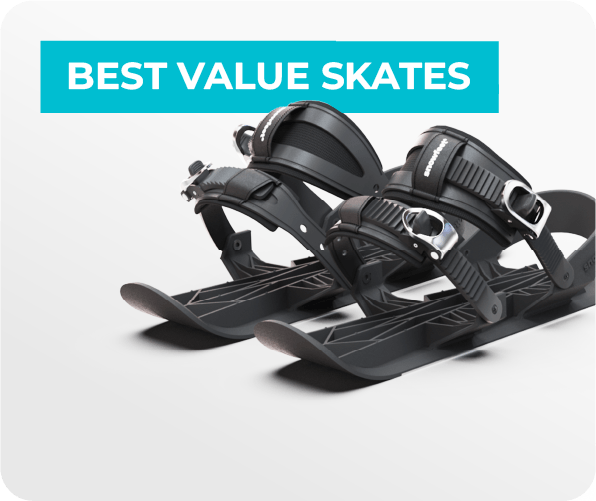



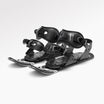
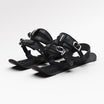
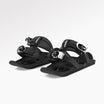
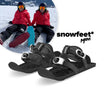

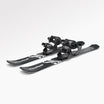

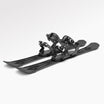
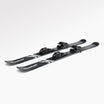






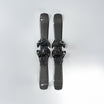
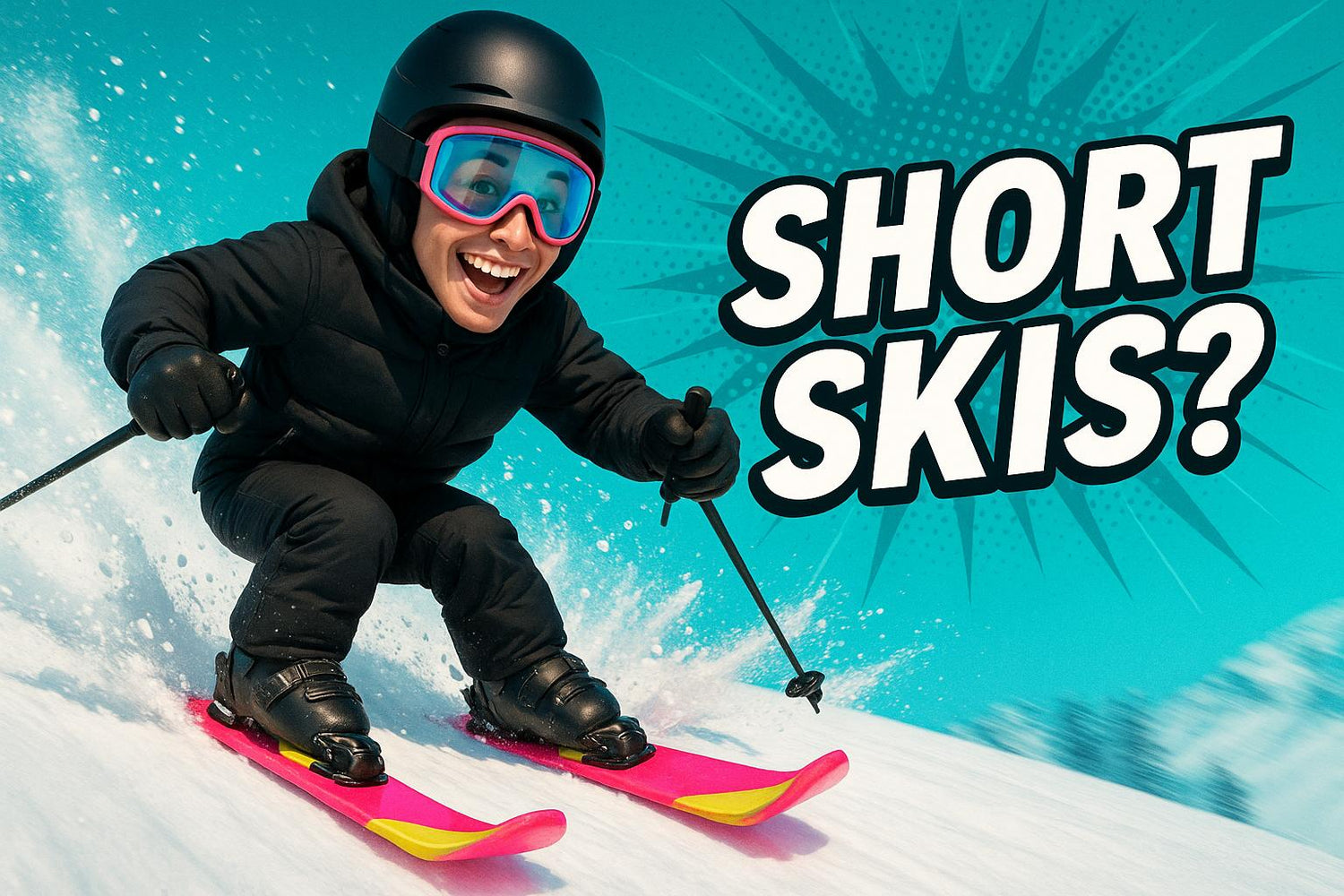
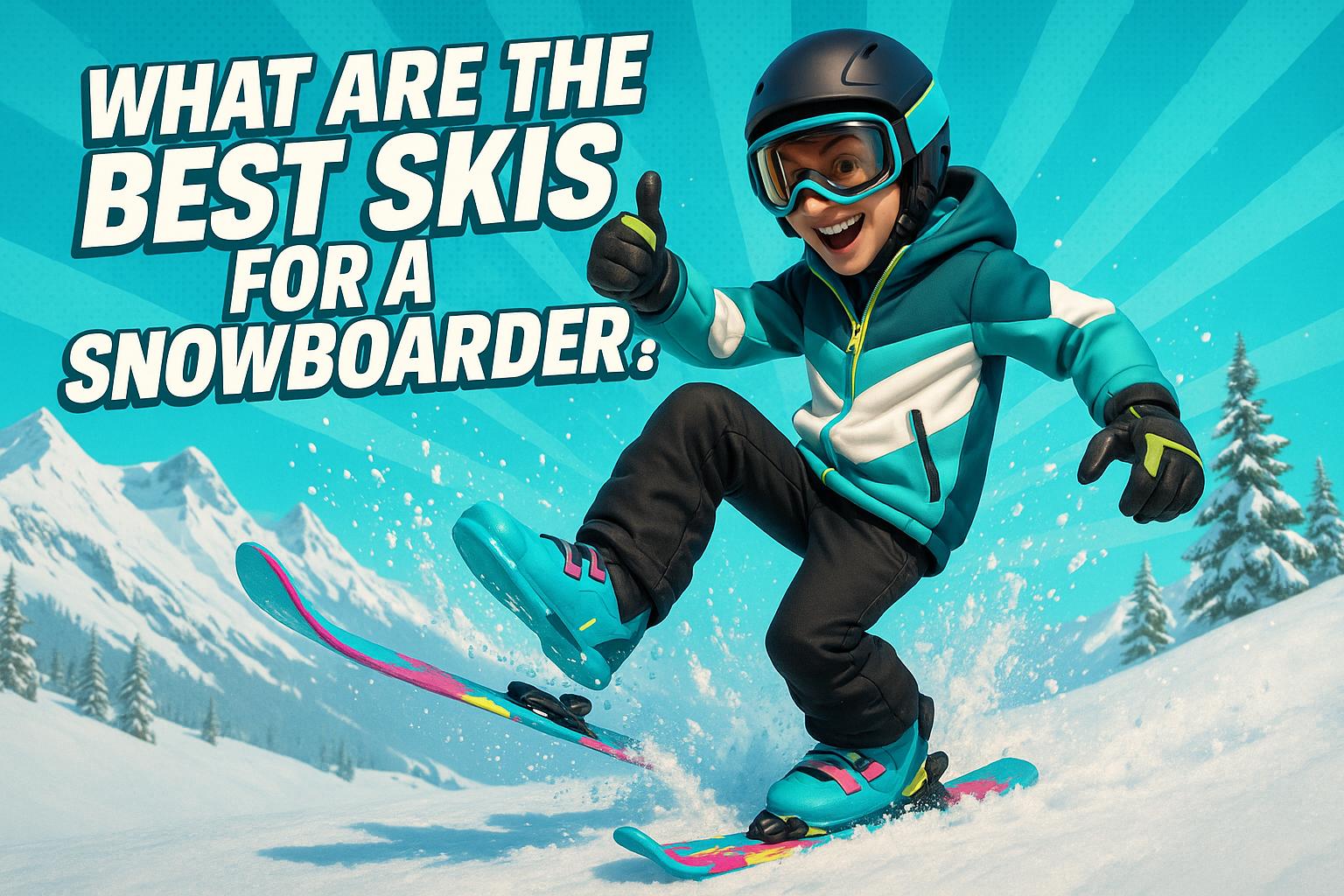
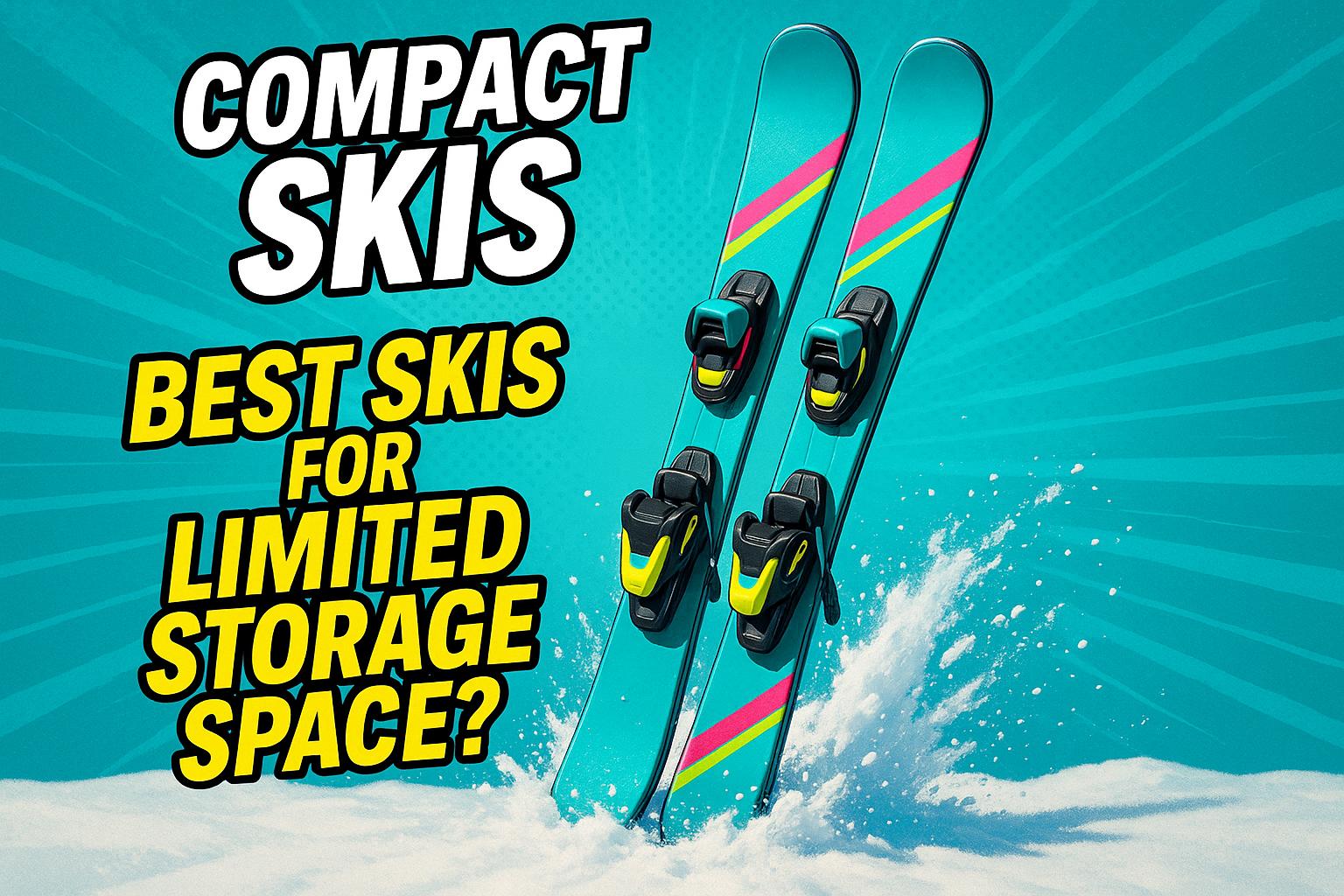
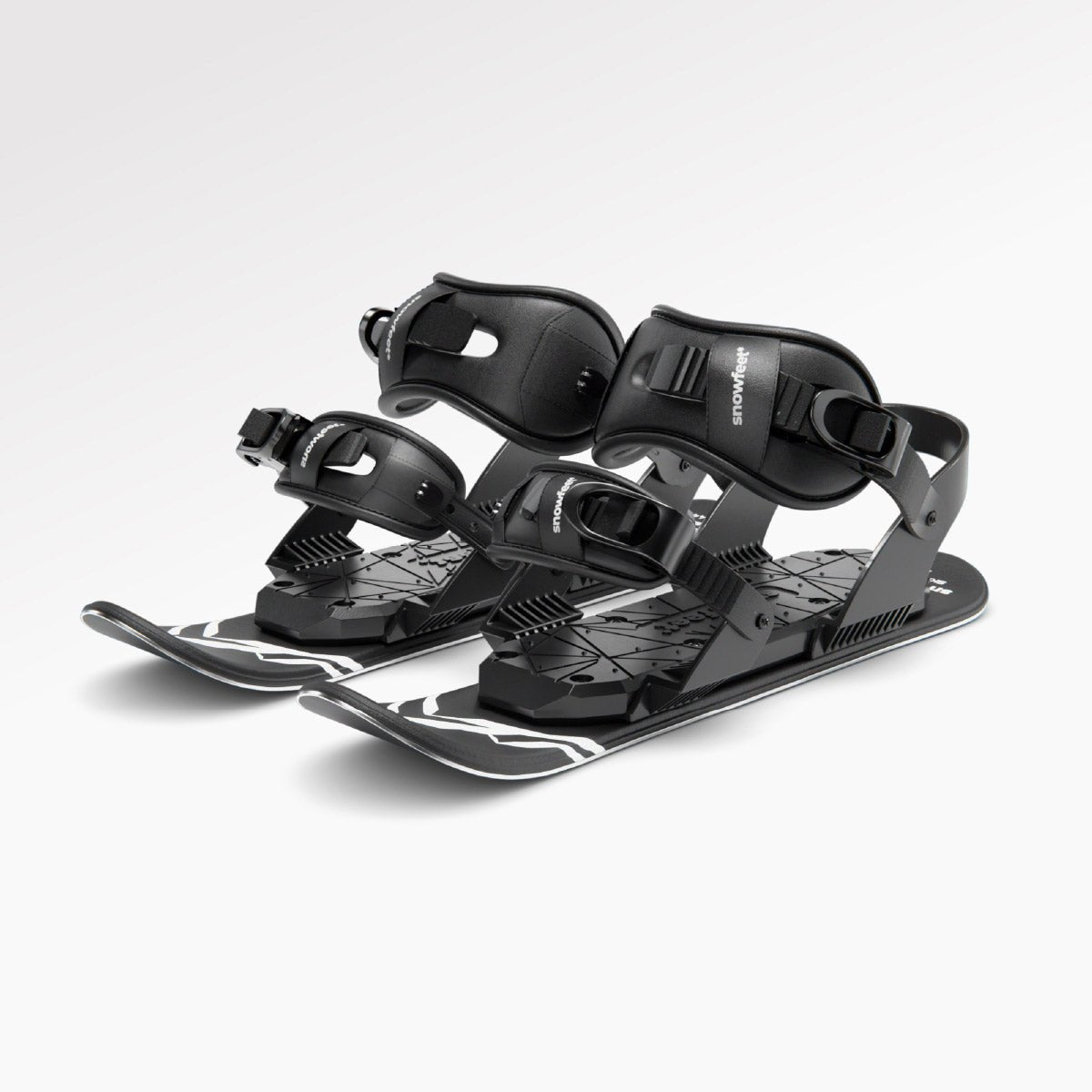
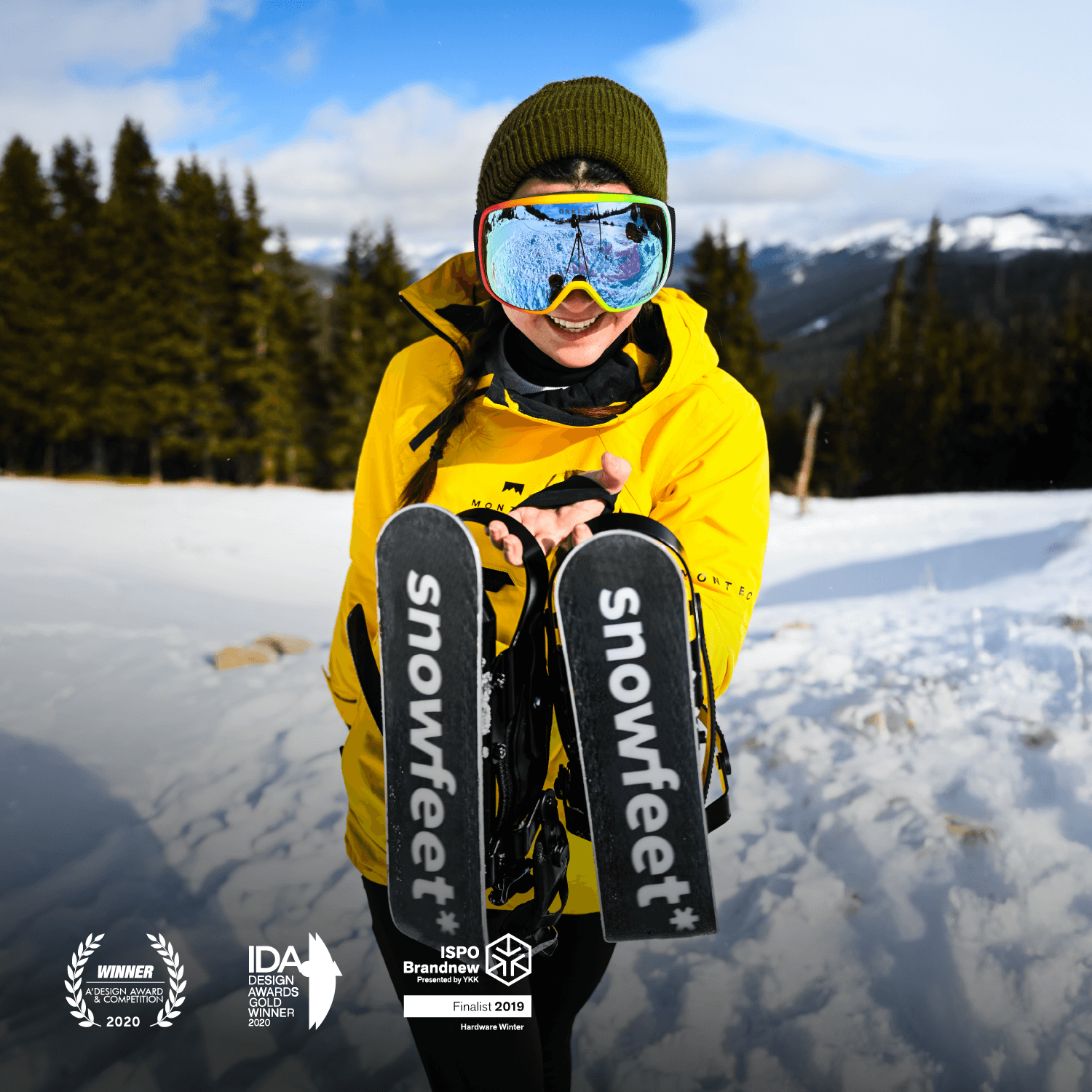
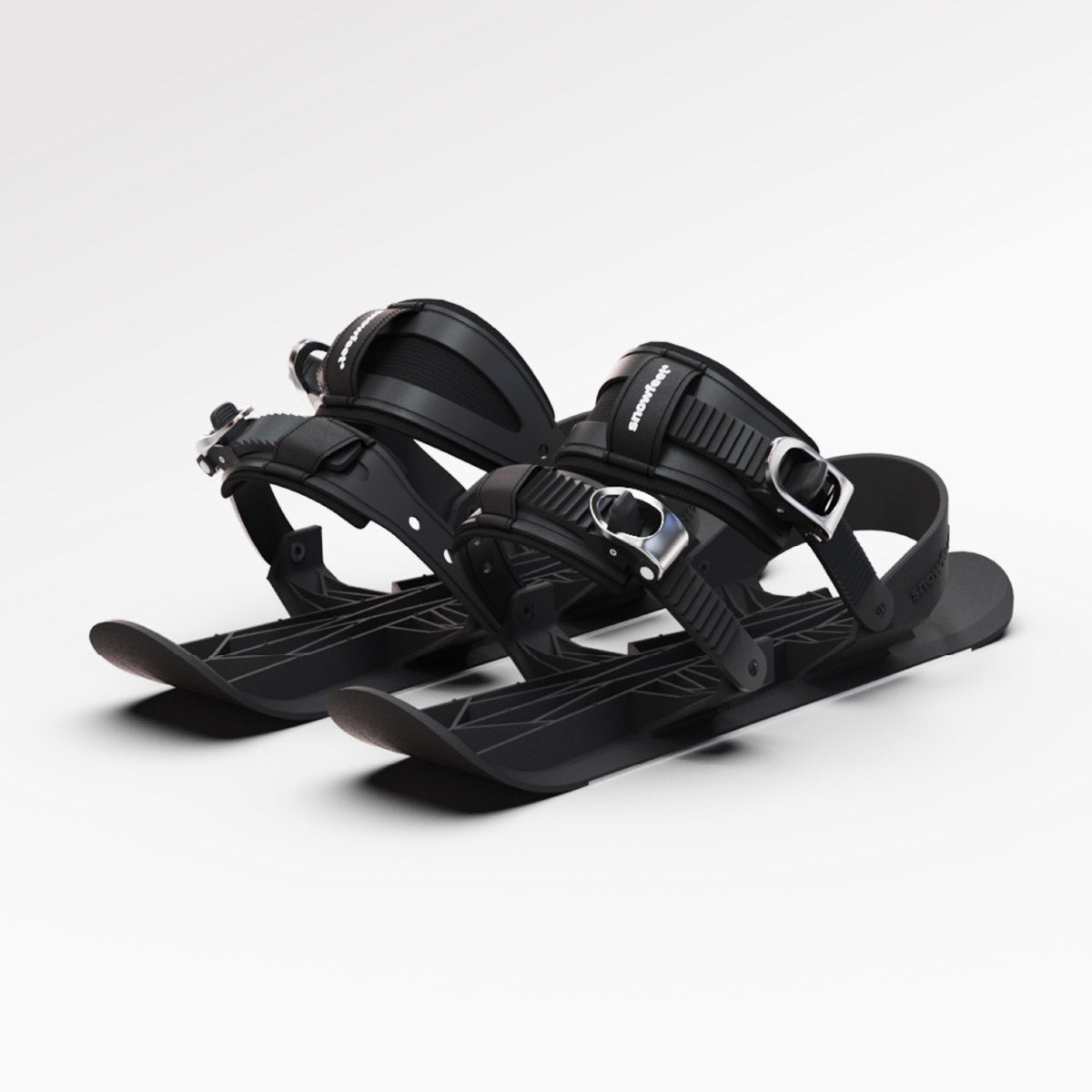

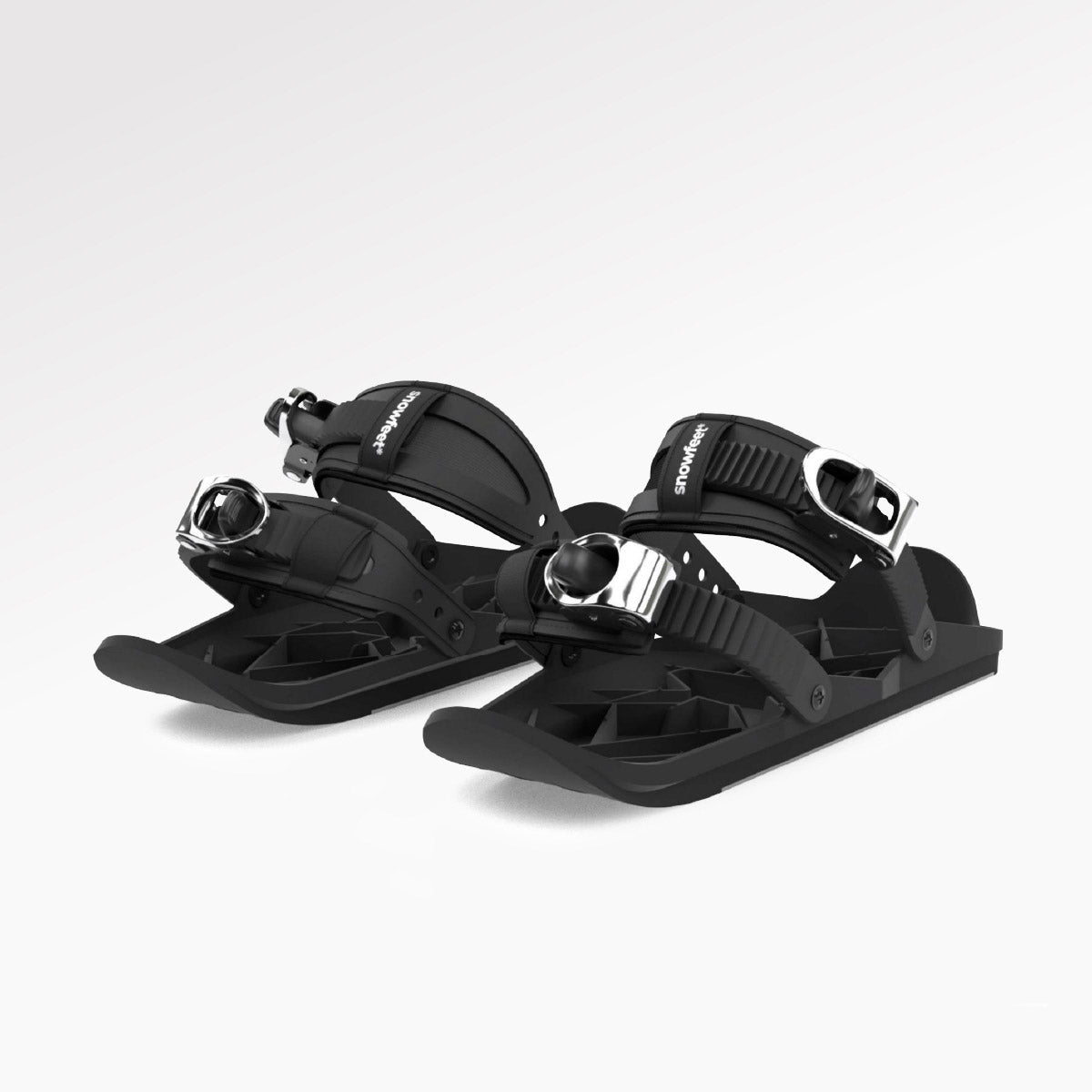
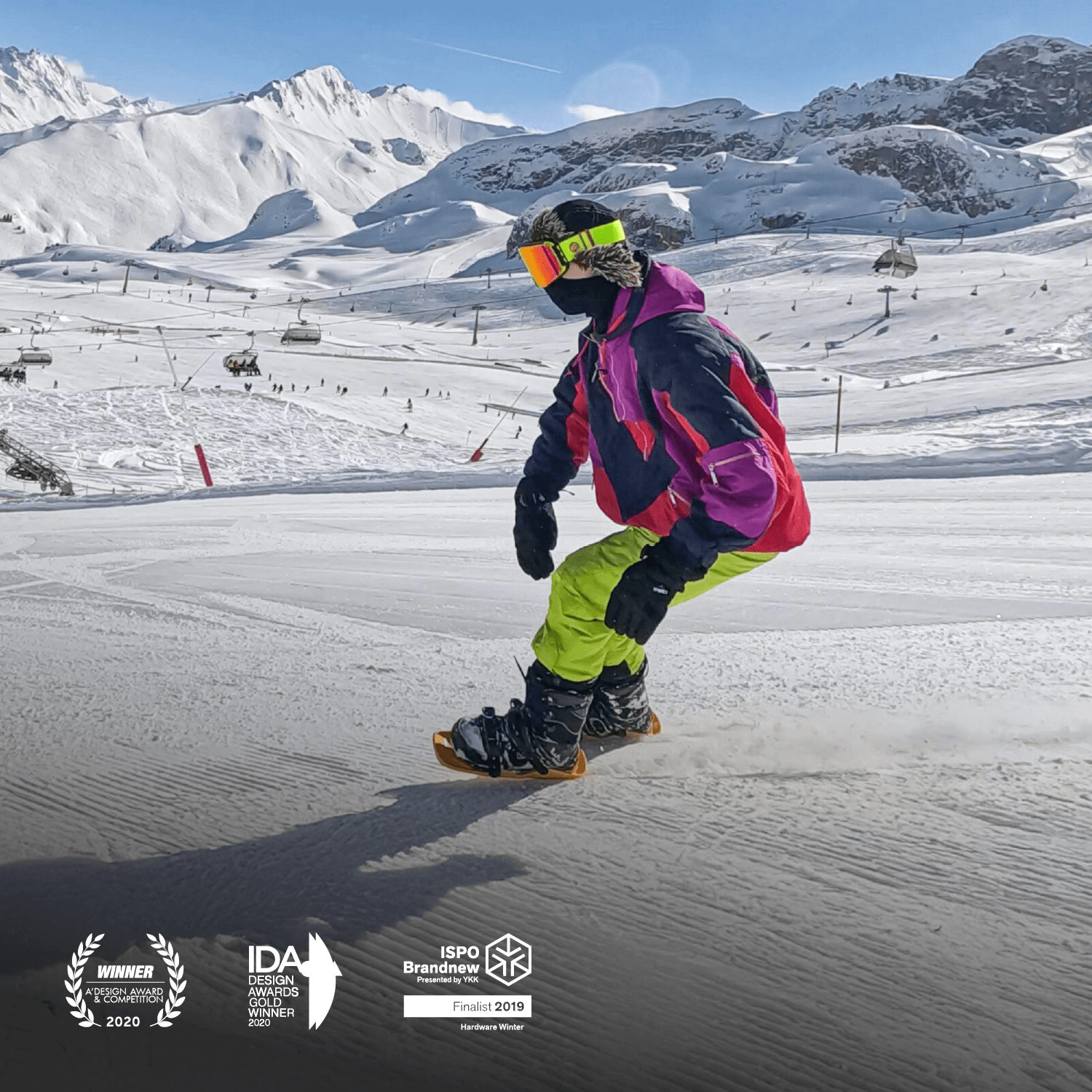


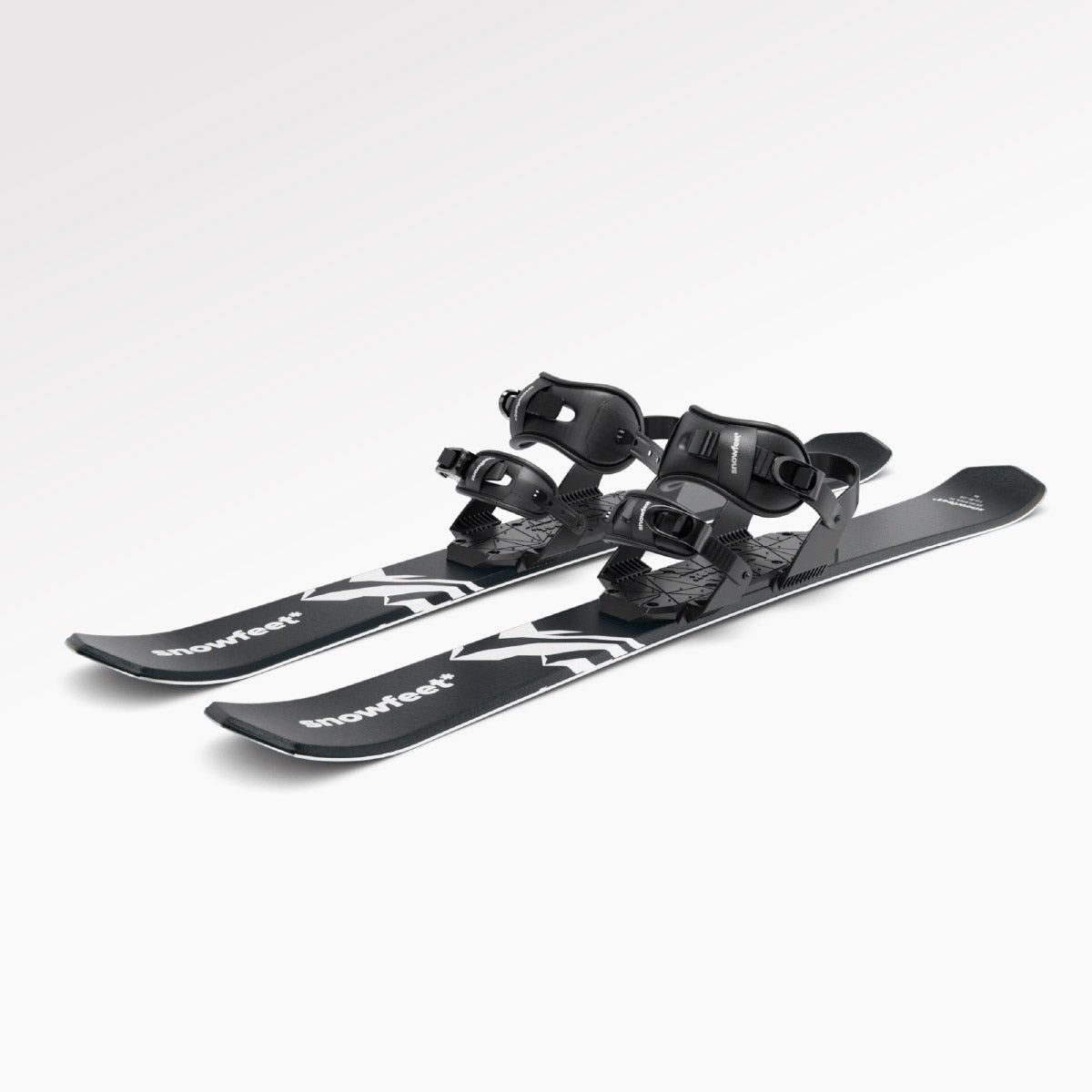
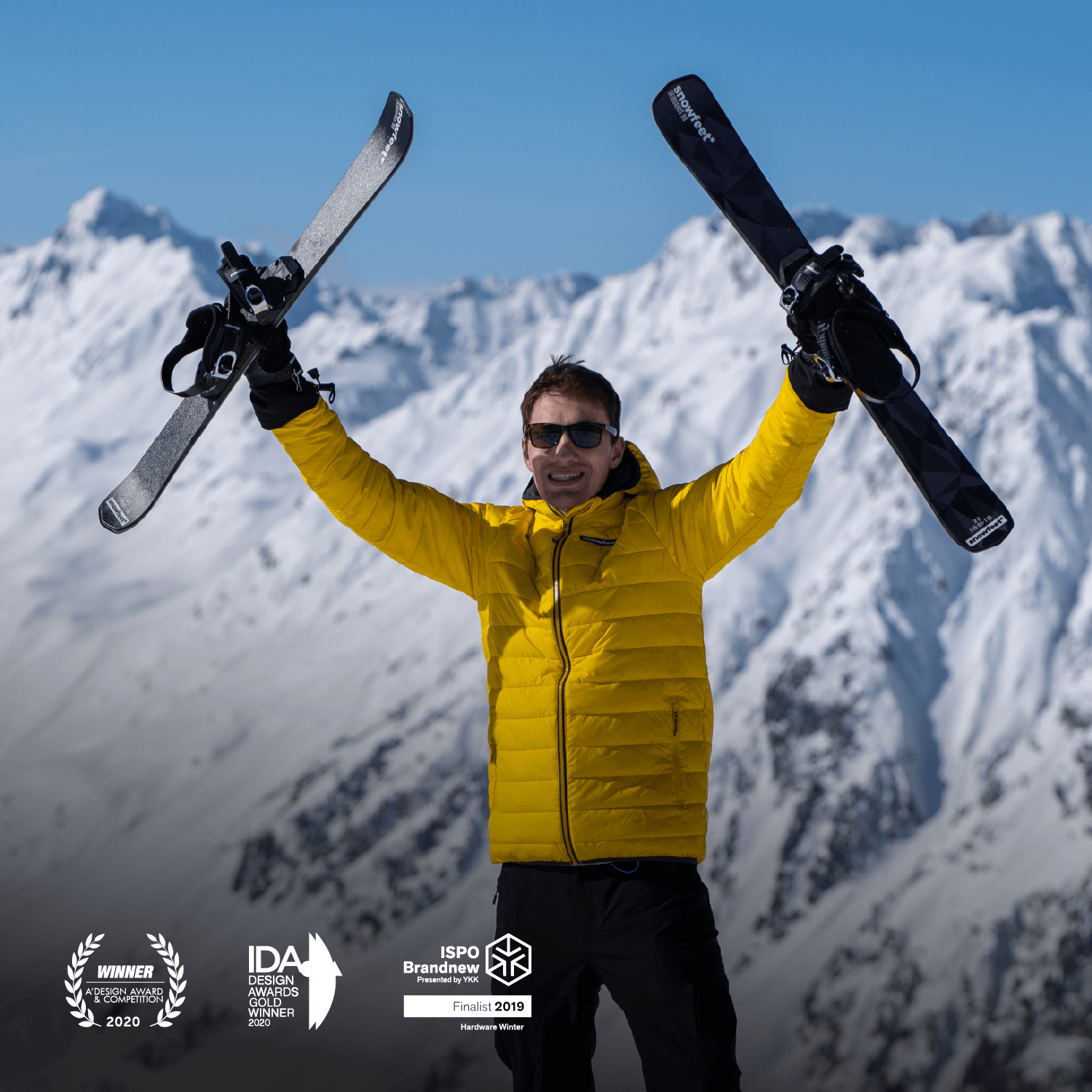
Zostaw komentarz
Ta strona jest chroniona przez hCaptcha i obowiązują na niej Polityka prywatności i Warunki korzystania z usługi serwisu hCaptcha.